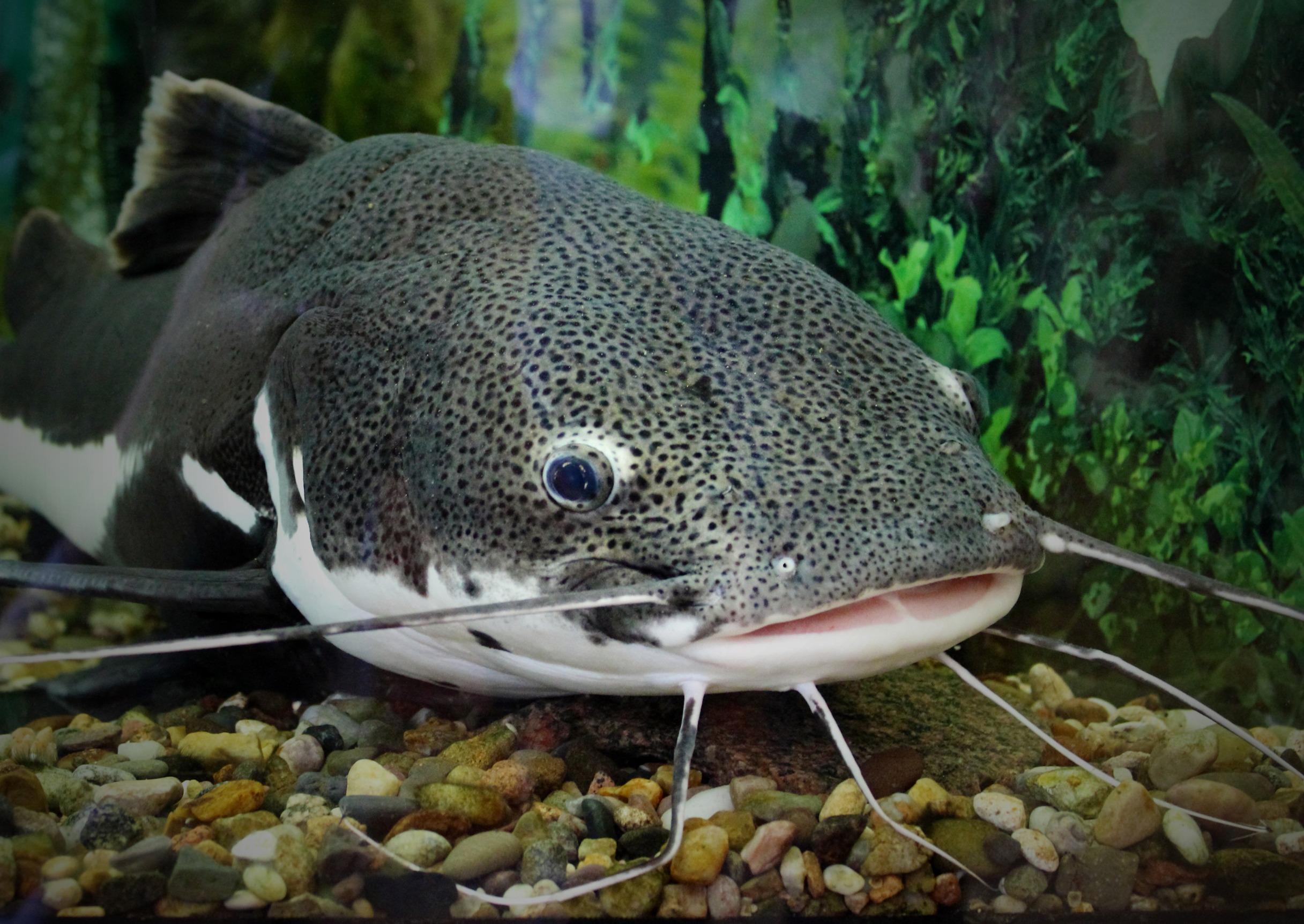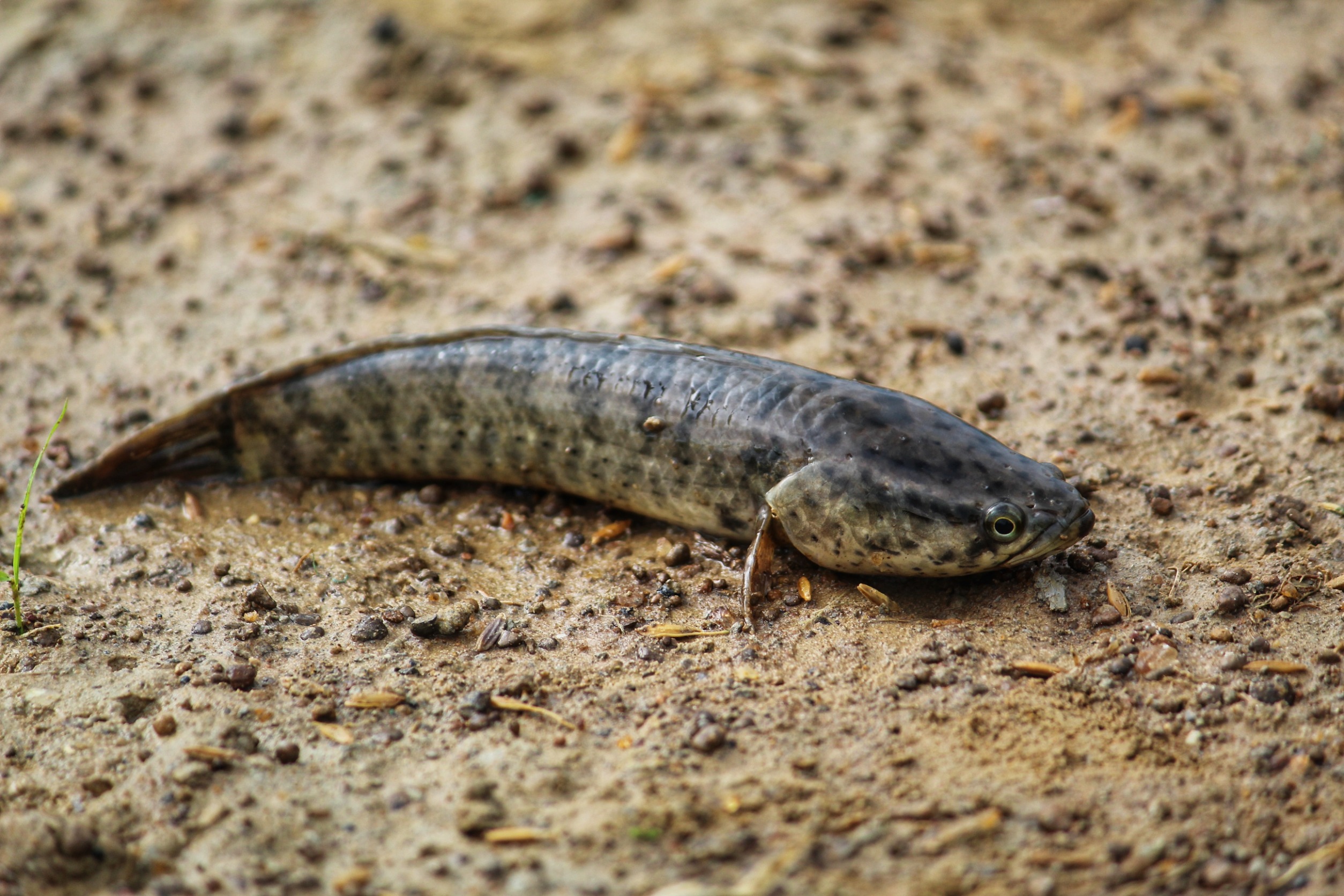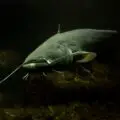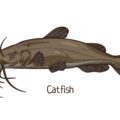Catfish and mudfish have different issues. Despite both being freshwater fish, they are different in many aspects. Though they are from the same family, they are different in taste and several habitual facts. Their behavioral patterns are different, and their hunting process, living system, diet, reproduction process, and nutrition system are different.

The Differences Between a Catfish and Mudfish
Catfish are found both in freshwater and saltwater. They can be specified by their long, whisker-like barbels around their mouths. They are primarily bottom feeders found in a variety of aquatic environments. There are several different species of catfish, including channel catfish, blue catfish, flathead catfish, and many more.
On the other hand, mudfish is a type of fish we find in freshwater environments, particularly in muddy or murky waters. They are also known as bowfins and are identified by their elongated, cylindrical bodies and long dorsal fin. Mostly, mudfish are carnivorous and feed on different types of prey, including other fish, crayfish, and various insects.
Though both catfish and mudfish are fish found in freshwater environments, they are different species with individual physical characteristics and behavioral patterns.
The Appearance
Catfish and mudfish are distinct fish species, each displaying unique and fascinating appearances. While both species share some similarities, they also possess specific features that set them apart regarding their physical characteristics.
Catfish
Catfish are renowned for their distinct appearance, characterized by their long, whisker-like barbels and sleek bodies. These barbels around the mouth are used to detect prey and navigate their surroundings. Catfish can vary in size depending on the species, with some reaching impressive lengths and weights.
They typically have smooth, scaleless skin ranging from brown or gray to yellow or white, allowing them to blend in with their surroundings. Additionally, catfish have a broad, flattened head and a robust and muscular body, contributing to their predatory abilities.
Mudfish
Mudfish, also known as snakehead fish, have their own unique set of physical attributes. These fish possess elongated bodies with a dorsal fin that extends along their backs, reminiscent of a snake’s silhouette. Mudfish have scale-covered skin, ranging from mottled brown or green to gray or black, providing effective camouflage in their habitats.
They have sharp teeth and a distinctive mouth shape that aids in capturing prey. Mudfish are built for agility and have potent tails that allow them to move swiftly through the water, making them skilled hunters in their environment.
The Size
Catfish and mudfish are two species that exhibit significant differences in size, each displaying its unique range of dimensions. These variations in size play a crucial role in their survival and ecological functions within their respective habitats.
Catfish
Catfish can vary significantly in size depending on the species. Some catfish, like the Mekong giant catfish, can reach astonishing lengths of up to 10 feet (3 meters) and weigh over 600 pounds (270 kilograms). These colossal creatures are considered the largest freshwater fish in the world.
On the other hand, smaller species of catfish, such as dwarf catfish, can measure only a few inches in length. The size of catfish is influenced by factors such as available food sources, habitat conditions, and the specific species’ genetic makeup. Nevertheless, regardless of their size, catfish are known for their robust bodies and substantial weight, which contributes to their impressive predatory capabilities.
Mudfish
In contrast, mudfish generally tend to be smaller than catfish. These fish usually grow to an average length of around 12 to 16 inches (30 to 40 centimeters). However, there are exceptions to this average size range. Some species, like the African mudfish, can grow up to 3 feet (1 meter) in length.
Despite their relatively smaller size, mudfish possess unique adaptations that allow them to thrive in diverse environments. Their compact bodies and streamlined shapes enable them to easily navigate muddy or densely vegetated waters, allowing them to access hidden habitats and food sources that may be inaccessible to larger fish.
The Habitat
Catfish and mudfish are two species that inhabit different aquatic environments, showcasing their remarkable adaptability to diverse habitats. While both thrive in water bodies, their specific preferences and adaptations allow them to occupy distinct niches within their respective ecosystems.
Catfish
Catfish are primarily found in freshwater environments like rivers, lakes, and ponds. They are well-adapted to living in various water conditions, including muddy or murky waters. These fish often prefer areas with ample vegetation, submerged logs, and underwater structures where they can hide and seek shelter.
Some catfish species, like channel catfish, are known to dwell in deep pools or river channels, while others prefer shallow waters. Catfish are known to be bottom-dwellers, relying on their barbels to locate food sources such as insects, crustaceans, small fish, and even plant matter. Their ability to thrive in different water bodies makes them a common sight in many freshwater habitats worldwide.
Mudfish
Mudfish, also known as walking catfish, have a unique adaptation that allows them to inhabit a broader range of environments. They are well-suited to both aquatic and semi-aquatic habitats. Mudfish are commonly found in muddy or swampy areas, such as marshes, flooded fields, and rice paddies. These fish have the remarkable ability to tolerate low oxygen levels and can survive in stagnant or poorly oxygenated waters.
In addition to their aquatic habitat, mudfish can move across land using their specialized pectoral fins, allowing them to access new water sources or escape unfavorable conditions. This unique adaptation allows mudfish to colonize various habitats and expand their range of potential dwelling places.

The Diet
Catfish and mudfish are two species that inhabit different aquatic environments, showcasing their remarkable adaptability to diverse habitats. While both thrive in water bodies, their specific preferences and adaptations allow them to occupy distinct niches within their respective ecosystems.
Catfish
Catfish are primarily found in freshwater environments like rivers, lakes, and ponds. They are well-adapted to living in various water conditions, including muddy or murky waters. These fish often prefer areas with ample vegetation, submerged logs, and underwater structures where they can hide and seek shelter.
Some catfish species, like channel catfish, are known to dwell in deep pools or river channels, while others prefer shallow waters. Catfish are known to be bottom-dwellers, relying on their barbels to locate food sources such as insects, crustaceans, small fish, and even plant matter. Their ability to thrive in different water bodies makes them a common sight in many freshwater habitats worldwide.
Mudfish
Mudfish, also known as walking catfish, have a unique adaptation that allows them to inhabit a broader range of environments. They are well-suited to both aquatic and semi-aquatic habitats. Mudfish are commonly found in muddy or swampy areas, such as marshes, flooded fields, and rice paddies. These fish have the remarkable ability to tolerate low oxygen levels and can survive in stagnant or poorly oxygenated waters.
In addition to their aquatic habitat, mudfish can move across land using their specialized pectoral fins, allowing them to access new water sources or escape unfavorable conditions. This unique adaptation allows mudfish to colonize various habitats and expand their range of potential dwelling places.
The Reproduction Method
Catfish and mudfish, two intriguing aquatic species, exhibit distinct reproductive strategies that allow them to reproduce successfully and ensure the survival of their offspring. While both species are known for their reproductive prowess, they employ different methods to ensure the continuation of their respective populations.
Catfish
Catfish are known to employ various reproductive strategies depending on the species. Many catfish species are egg layers, meaning that females release eggs that males subsequently fertilize. These eggs are often adhesive, sticking to surfaces such as rocks, logs, or vegetation. The males typically guard the eggs until they hatch, ensuring their safety from predators and providing oxygen by fanning them with their fins.
Some catfish species, such as the mouthbrooding catfish, take reproductive care to another level. In these species, the male fertilizes the eggs, and the female takes them into her mouth, incubating them until they hatch. This behavior provides additional protection for the developing embryos and is an extraordinary example of parental care in fish.
Mudfish
Mudfish, on the other hand, employ a unique reproductive method known as internal fertilization. This means that mating occurs internally, with males transferring sperm to the female’s reproductive system through a specialized organ called a gonopodium. The female then carries the fertilized eggs within her body until they are ready to hatch.
Once the eggs are fully developed, the female releases them into the water, where they hatch and continue their life cycle. This reproductive strategy ensures that the eggs receive additional protection from external threats and increases the chances of survival for the offspring.
The Nutritional Composition
Catfish and mudfish are two fish species that offer unique nutritional compositions, making them valuable sources of nutrients for human consumption. While they share similar protein content, they also differ in fat composition, providing individuals with various dietary options.
Catfish
Catfish is known for its relatively high protein content, making it a popular choice for those seeking a protein-rich diet. The protein found in catfish is essential for developing, developing, and repairing body tissues. Moreover, catfish is low in saturated fat, making it a healthier protein than fatty meats.
It also contains beneficial omega-3 fatty acids, which support heart health, reduce inflammation, and improve brain function. Catfish is a versatile fish that can be prepared in various ways, such as grilled, baked, or fried, providing individuals with multiple options to incorporate this nutritious fish into their diet.
Mudfish
Mudfish, also known as snakehead fish, offer their own nutritional benefits. Like catfish, mudfish are an excellent source of protein, aiding in the growth and repair of body tissues. However, mudfish typically contain a higher fat content compared to catfish. These fats are predominantly unsaturated, considered healthier fats that contribute to cardiovascular health.
Mudfish also provide essential minerals such as iron, calcium, and phosphorus, crucial for maintaining healthy bones, teeth, and blood production. With its unique nutritional composition, mudfish offers individuals an alternative fish option that can contribute to a well-rounded and balanced diet.
The Taste
Catfish and mudfish offer unique and delightful flavors that can satisfy different palates. While both fish are renowned for their culinary appeal, their tastes vary, providing individuals with diverse options for their culinary experiences.
Catfish
Catfish is widely appreciated for its mild and slightly sweet flavor. Its tender, white flesh has a delicate and subtle taste that is often described as similar to that of other whitefish. The meat of catfish is known for its versatility, as it readily absorbs flavors and seasonings, making it an excellent choice for various cooking styles. Whether fried, grilled, baked, or incorporated into stews or curries, catfish maintains its distinct flavor while harmonizing with different ingredients. Its mild taste makes catfish appealing to many palates, making it a popular choice in many cuisines worldwide.
Mudfish
In contrast, mudfish offers a unique and slightly different taste profile. The flavor of mudfish is often described as earthy, with a hint of sweetness. It has a distinct richness that sets it apart from other fish. Mudfish have a unique ability to absorb flavors from their environment, which can influence their taste. Depending on the water and habitat it was caught, the flavor of mudfish may vary slightly. This makes it an intriguing option for those seeking new and distinct culinary experiences. Mudfish can be prepared in various ways, from grilling or pan-frying to being used in soups and curries, allowing individuals to explore its unique taste in diverse dishes.
Conclusion
Both catfish and mudfish are enriched with their features and unique characteristics. They are two distinct types of fish with different appearances, diets, reproduction methods, tastes, and textures.












Pingback: Can You Eat Mudfish? | Reel Fishing Guru
Pingback: Can You Hold a Mudfish? Tips and Guidelines | Reel Fishing Guru